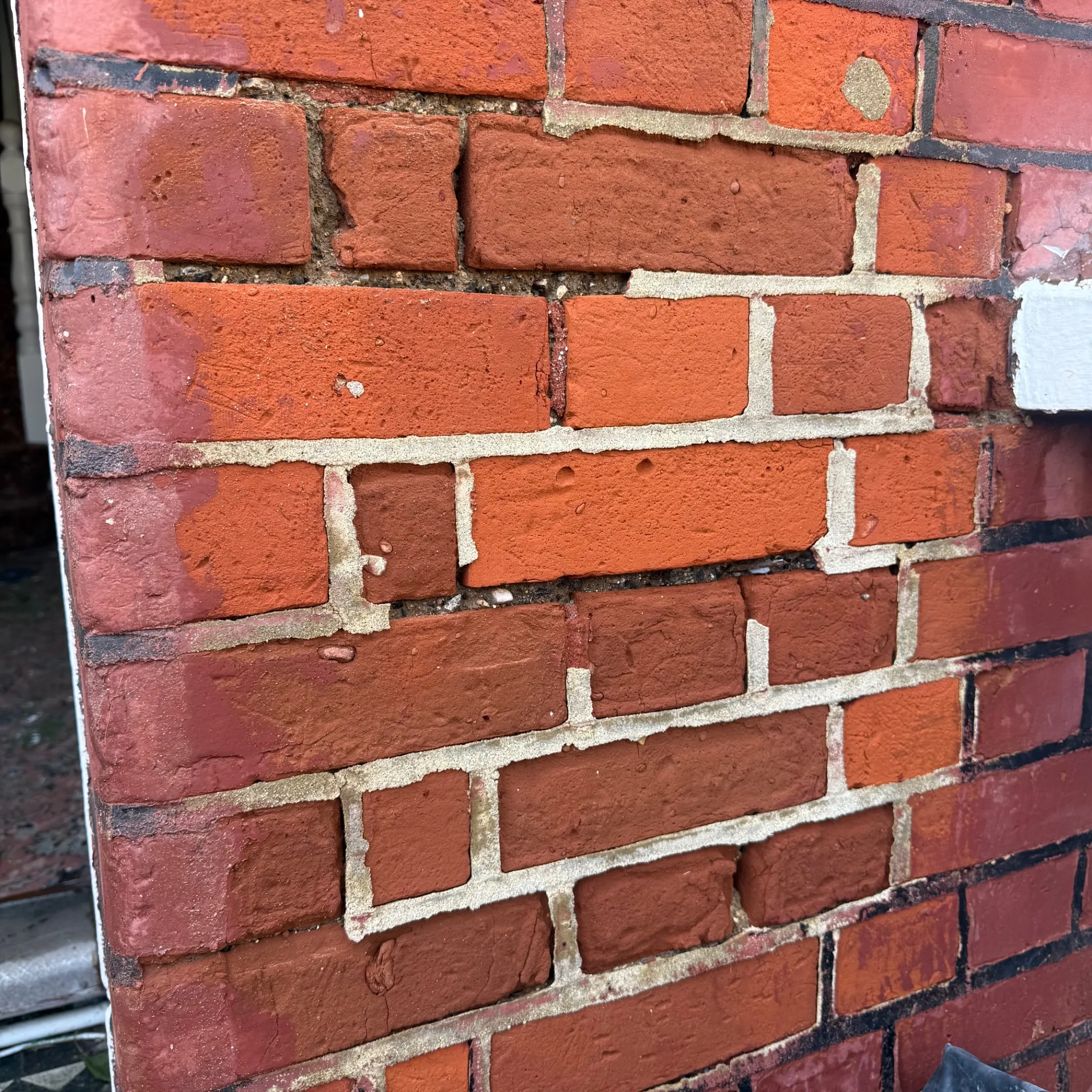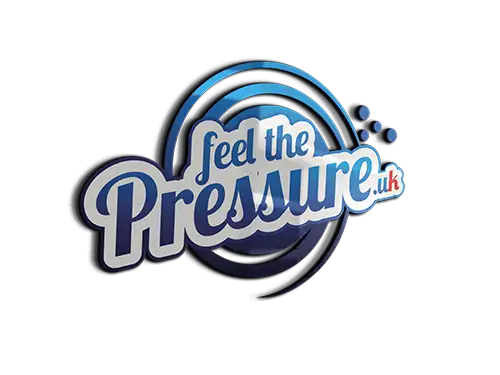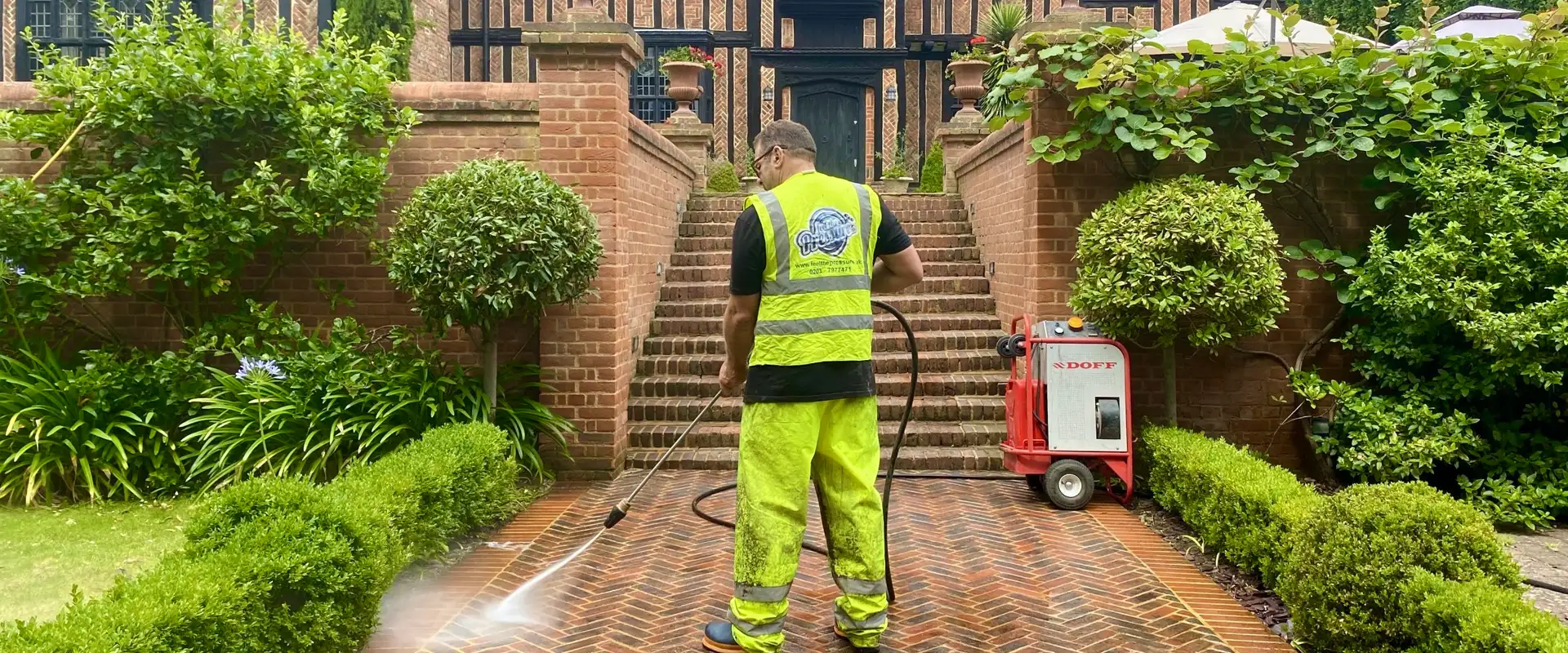Why Non-Breathable Paint Can Seriously Damage Your Brickwork
Painting brickwork might seem like a simple way to refresh your home — but using the wrong exterior paint can seal in moisture and cause serious long-term damage.
Non-breathable masonry paints — like vinyl or acrylic coatings — can trap water inside your walls, leading to internal damp, frost damage, spalling bricks, and expensive repairs. If your home was painted years ago, it may already be affected without showing visible signs.
In this guide, you’ll learn:
-
What non-breathable paint is (and why it’s used)
-
The real damage it causes to traditional brickwork
-
Signs to look for around your property
-
And what to do if your walls are already painted
Need help removing paint from brick? Visit our Brick Paint Removal Service →


